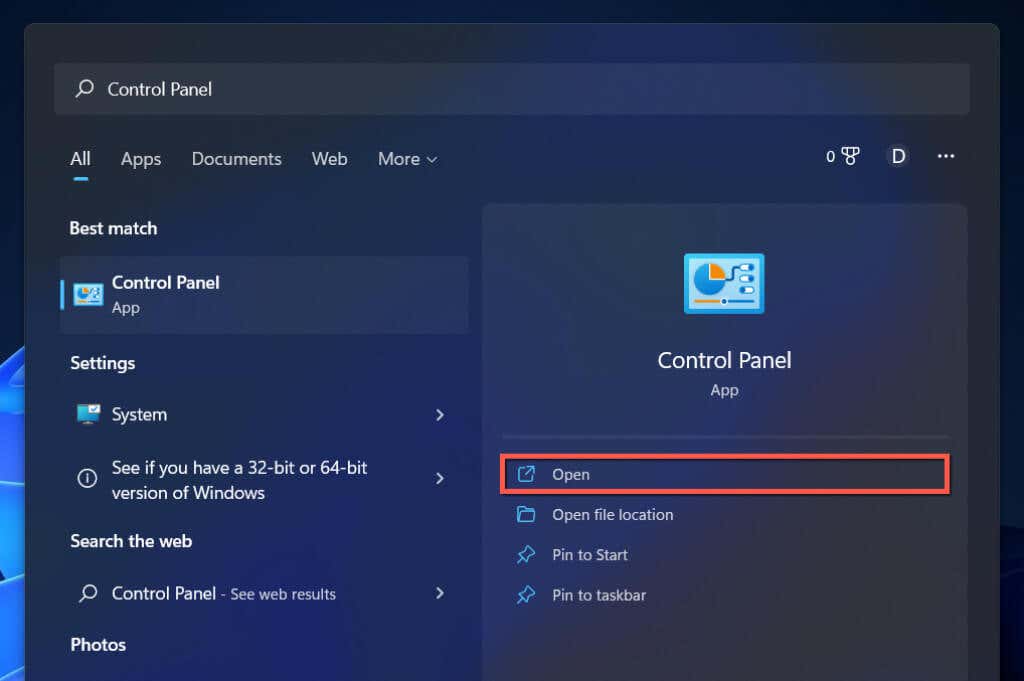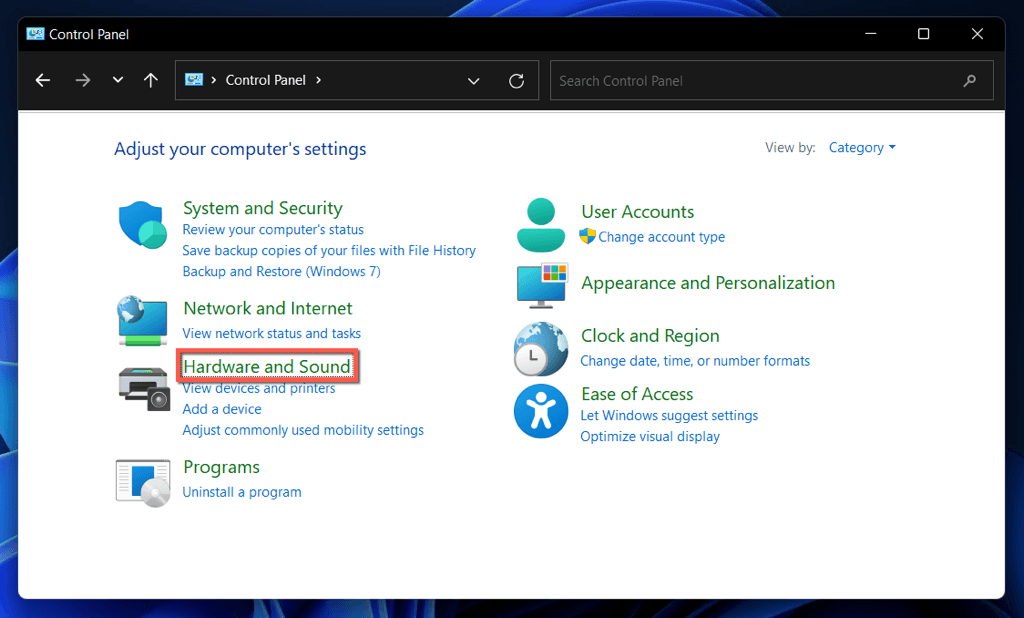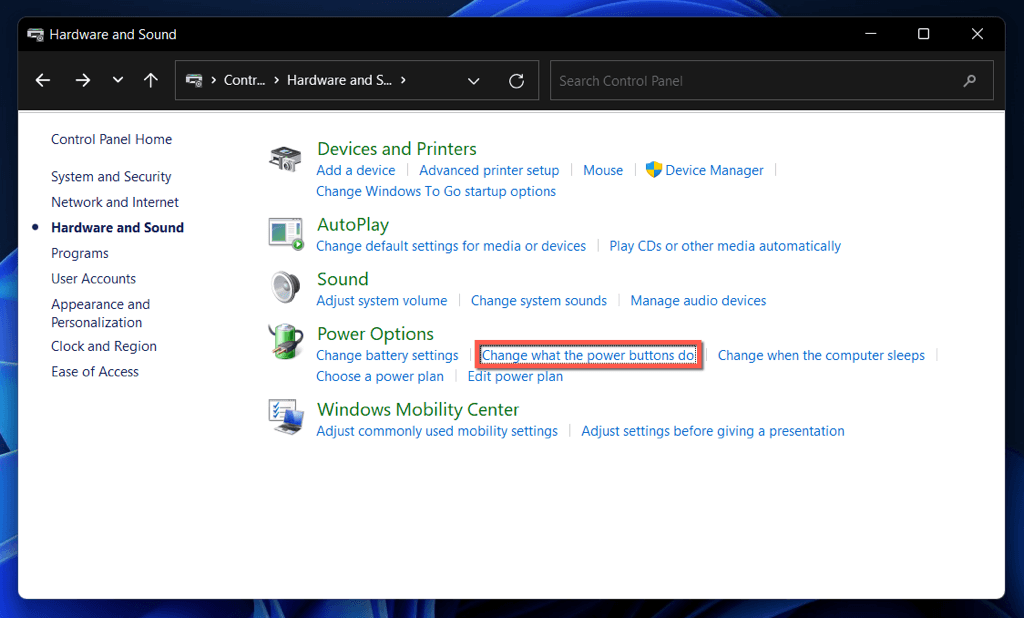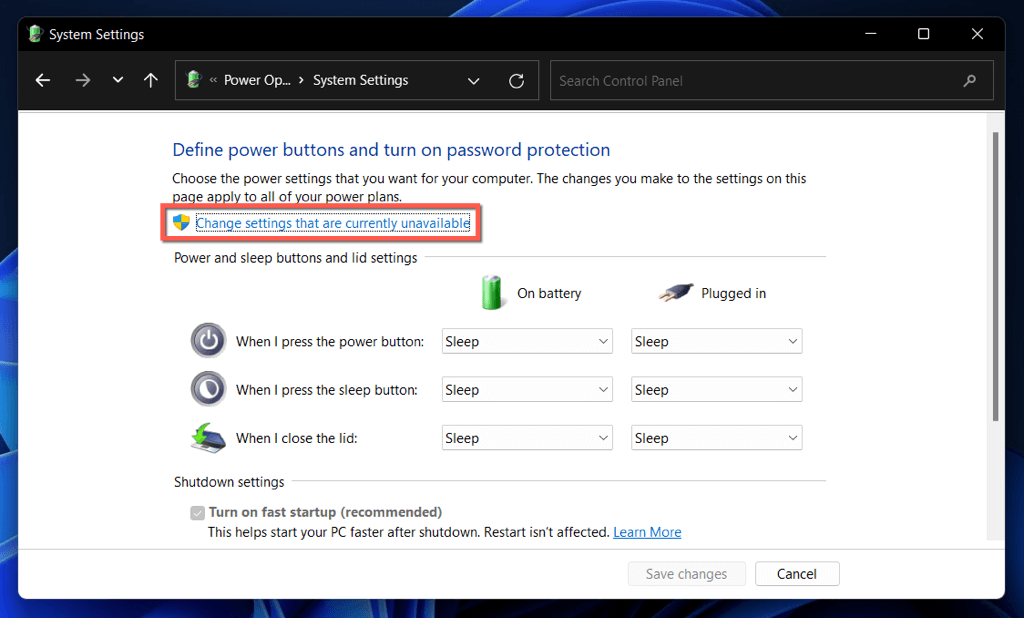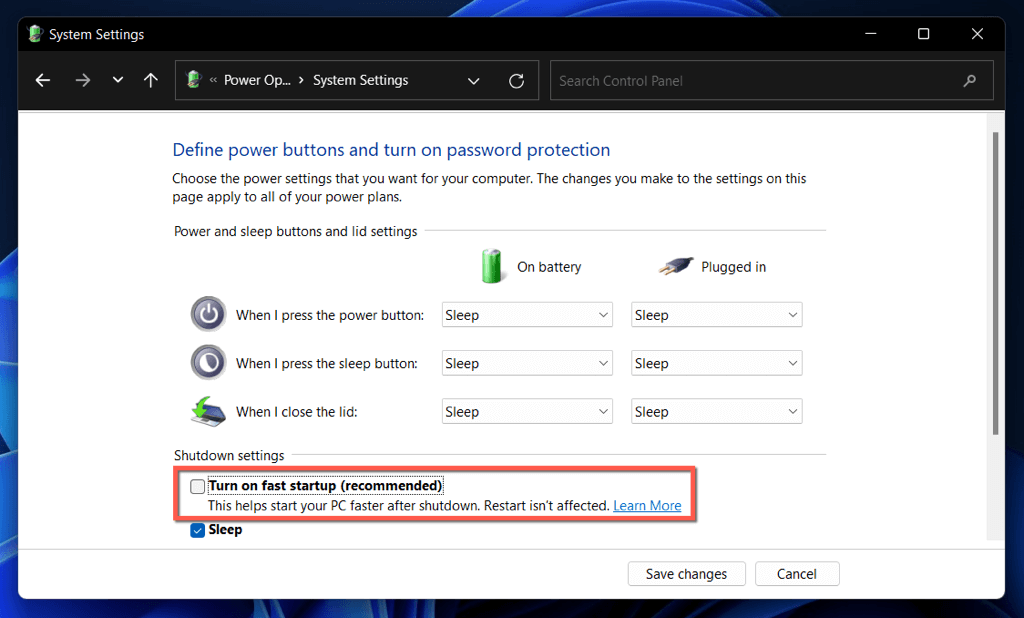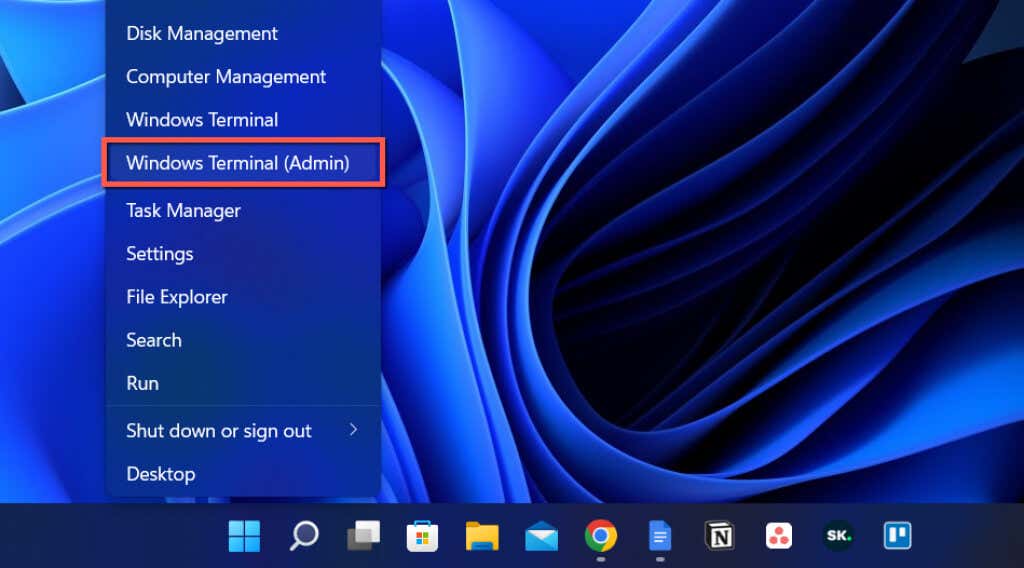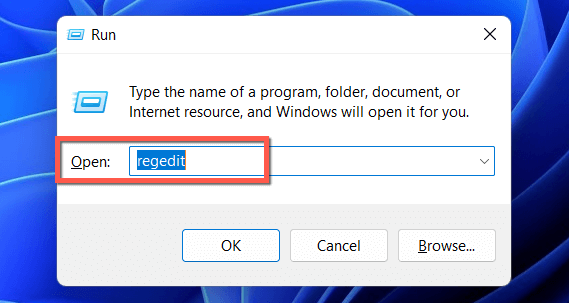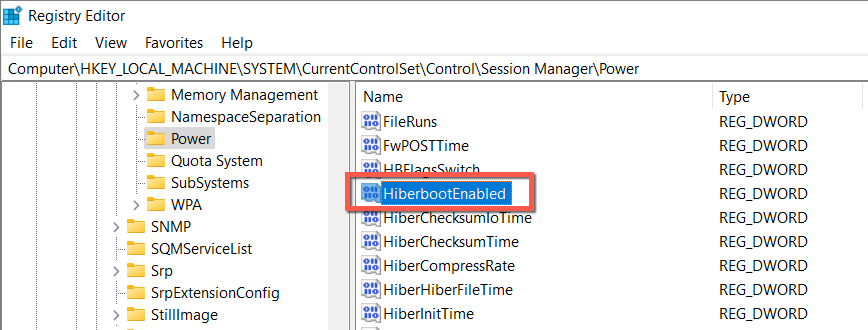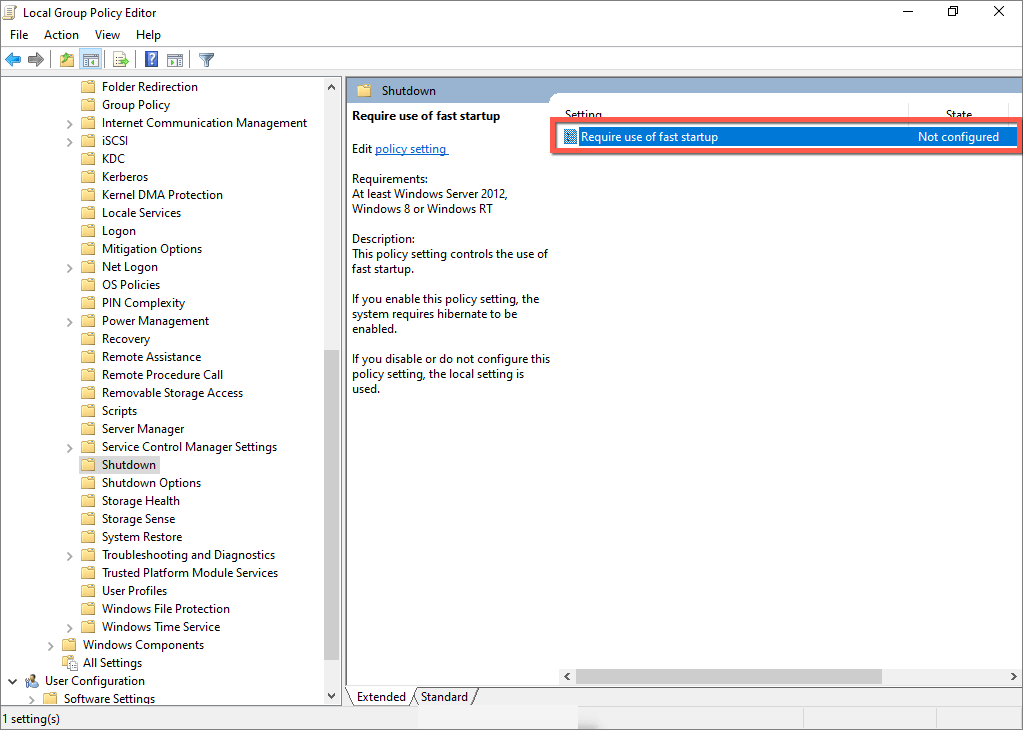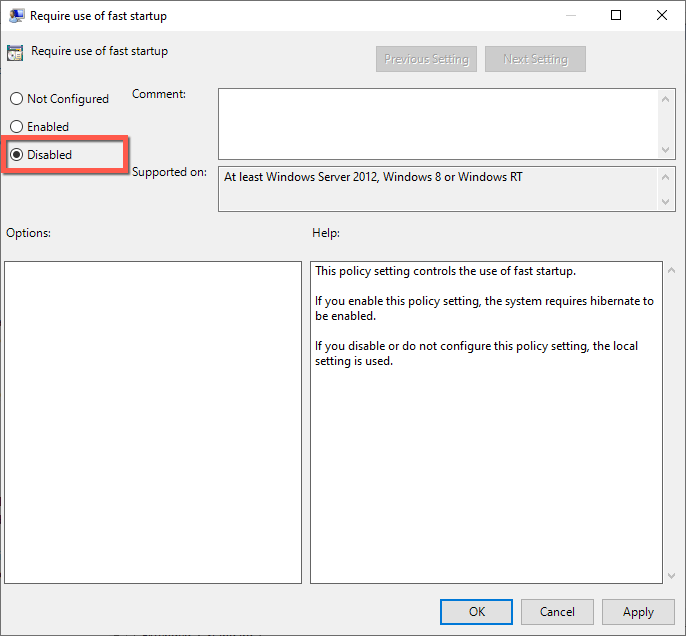- in 11窓 by
How to Disable Fast Startup in Windows 11/10 (And Why You Should)
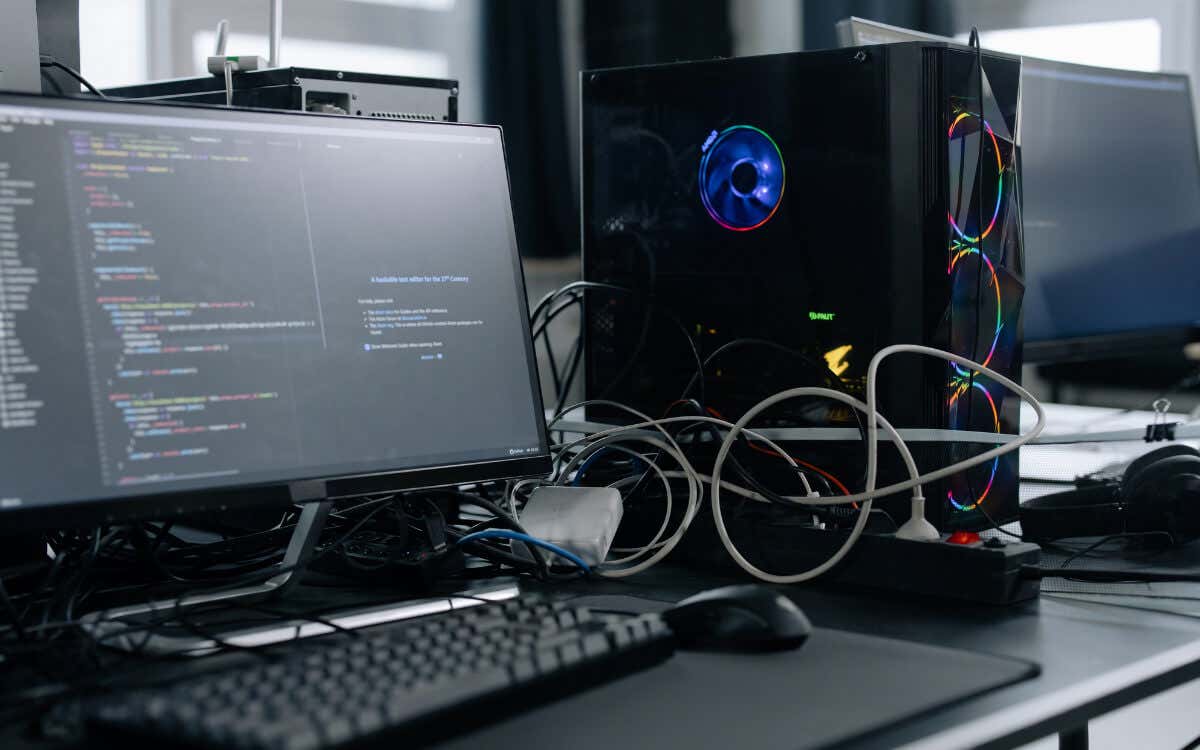
Did you know that a Windows 10 or 11 shutdown doesn’t really shut down your computer? That’s because of Fast Startup. Read on to learn about Fast Startup and how to disable it in Microsoft Windows.
Fast Startup, as its name implies, is a built-in Windows functionality that allows your computer to boot faster from a cold shutdown. That sounds like a good thing, right? Not always. We’ll explain what Fast Startup is and why you might want to disable it in Windows 10 or 11.
What Is the Fast Startup Feature?
Before you get to know how Fast Startup works, it’s a good idea to understand what the “kernel” is in Windows.
Basically, the kernel is the core of the operating system, and it’s what makes the software and hardware work. It’s always in memory, and it’s also what your computer’s firmware—the BIOSまたはUEFI—loads first.
When you turn off your PC, Windows closes all open apps and programs, signs you out of your user account, and powers down the operating system. At least, that’s what you think, right?
Starting Windows 8, however, a shutdown doesn’t shut everything down in the traditional sense. Instead, it caches the kernel to the hiberfil.sys (a.k.a. the hibernation file).
Since the kernel is what makes everything tick, having it in a state that makes it ready to go at a moment’s notice allows your computer to boot up faster when you initiate a cold start.
Fast Startup doesn’t significantly improve the startup time if Windows loads off a speedy SSD (solid state drive) or you have a powerful PC setup in general. However, it does shave off multiple seconds when booting the operating system from an older hard drive.
Why You Should Disable Fast Startup
Despite the advantage that Fast Startup brings, it can often be the source of multiple issues on a computer running Windows 10 or 11.
For starters, repeatedly loading the same kernel session increases the chances of creating mismatches between actual and cached software components, especially after system or driver updates.
それはにつながる可能性があります BSOD(死のブルースクリーン) and other startup errors or prevent hardware peripherals from working correctly. Fast Startup also tends to cause problems while finalizing Windows updates.
Furthermore, if your computer is in a dual or multi-boot configuration (e.g., Windows and Linux), Fast Startup is known to lock access to the Windows drive when booting into a non-Windows operating system.
Even worse, making changes to partitions from one operating system might lead to corruption issues when switching over to another.
Suppose you believe that Fast Startup is the reason behind a particular problem (or you want to avoid a potential conflict because of it); you can temporarily stop Windows from caching the kernel during a shutdown.
Here are a couple of methods to help you with that:
- Perform a regular shutdown while holding down the シフト キー。
- 選択 再起動 シャットダウン to prompt the operating system to shut down and reboot automatically. This can come as a surprise, but an automatic restart skips Fast Startup, while a “full shutdown” does not.
How to Disable Fast Startup in Windows
Although it’s easy to bypass Fast Startup and clear the kernel cache, you may want to consider disabling Fast Startup altogether if your computer keeps running into issues constantly or you have multiple operating systems installed.
Disable Fast Boot via the Control Panel
The fastest way to turn off Fast Startup in Windows 11 and 10 is to use the コントロールパネル。 ただ:
- Video Cloud Studioで [スタート]メニュー、タイプ コントロールパネル、および選択 Open.
- 現在地に最も近い ハードウェアとサウンド カテゴリ。
- 選択 何を選択してください 電源ボタン do 下 電源オプション のセクションから無料でダウンロードできます。
- 選択 それは現在お取り扱いできません設定の変更]を持っています.
- の横にあるボックスのチェックを外します 高速起動をオンにします(推奨) ブートオプション。
- 選択 変更を保存します.
If you don’t see the Fast Startup option, the 冬眠 power setting is likely disabled on your computer. Run the command below in an elevated Windows PowerShell or Command Prompt console to activate it:
- を右クリックします。 スタートボタン をクリックして Windows PowerShell/Terminal (Admin). Or, type CMD into the Start menu and choose 管理者として実行..
- 次のコマンドを入力します。
POWERCFG /冬眠する on
- イベント 入力します.
You can now disable Fast Startup via the Control Panel.
Disable Fast Boot via the Registry Editor
Another—albeit less convenient—method to disable Fast Startup is to perform the following tweak via the Registry Editor. It’s best to システムレジストリをバックアップする あなたが始める前に。
- イベント Windows + R、タイプ regeditを、および選択 OK.
- Copy the following path into the address bar at the top of the Registry Editor window and press 入力します:
HKEY_LOCAL_MACHINESYSTEMCurrentControlSetControlSession ManagerPower
- ダブルクリック ハイバーブート有効 registry value on the right pane.
- 入力します 0 に 実行日 フィールドを選択して選択します OK.
- レジストリエディターを終了します。
- コンピュータをシャットダウンして再起動します。
Disable Fast Boot via the Local Group Policy Editor
If your PC runs the Profesional, Enterprise, or Education editions of Windows 10 or 11, you can use the Local Group Policy Editor to disable Fast Startup.
- [実行] ボックスを開き、次のように入力します。 gpedit.mscを、および選択 OK.
- Navigate to the following location on the Local Group Policy Editor sidebar:
コンピューター構成 > 管理用テンプレート] > エントルピー > シャットダウン
- ダブルクリック Require use of fast startup 右側のペインのポリシー設定。
- の横にあるラジオ ボタンを選択します。 身体障がい者.
- 選択 申し込む および OK.
Fast Startup: Keep It or Disable It
Unless you use a fairly old PC with a mechanical HDD or just the bare minimum CPU or RAM needed to run Windows 11 or 10, you probably won’t see a significant performance increase to the boot time with Fast Startup enabled.
However, there’s little reason to disable Fast Startup permanently unless you encounter persistent issues, have trouble installing updates, or use more than a single operating system. Don’t forget that you can easily bypass the feature whenever you want.

